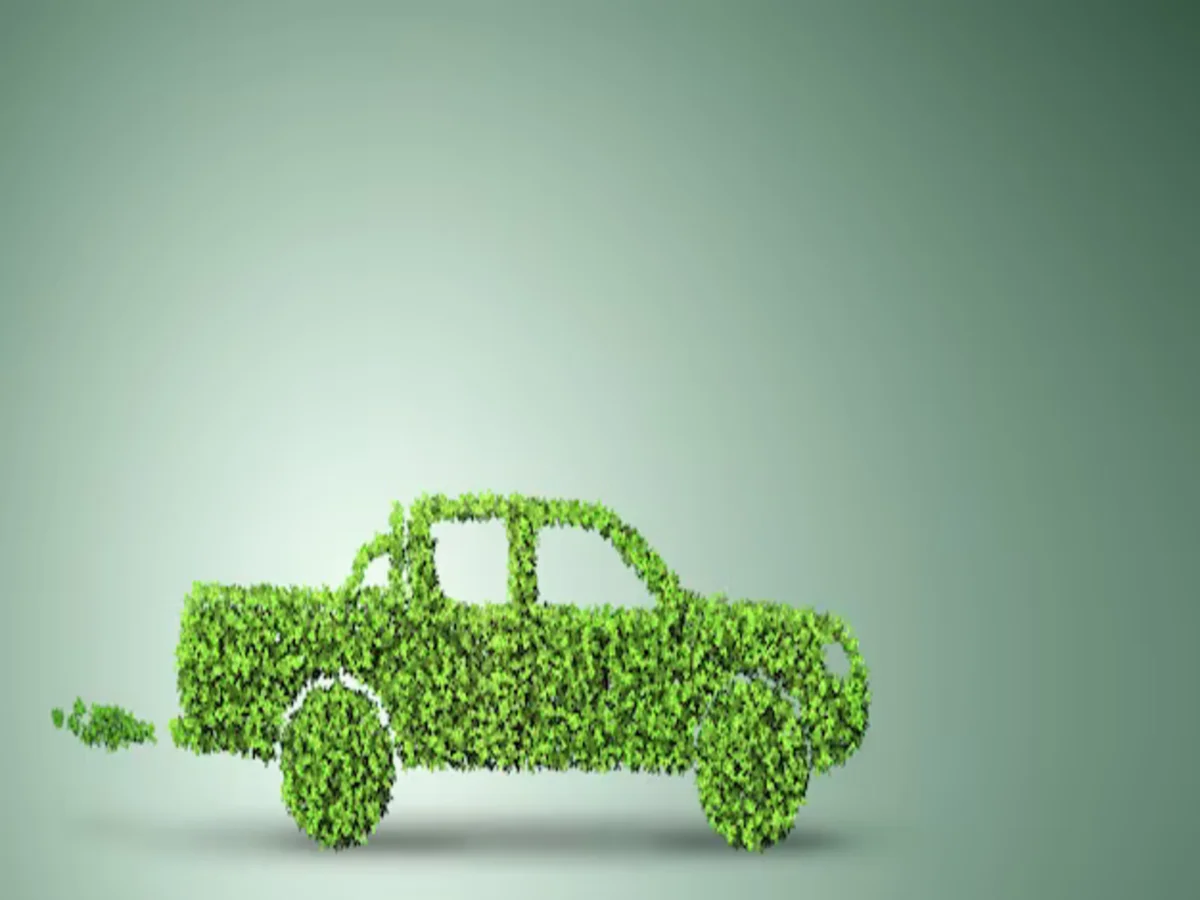Green Transportation for a Greener Future: Modes and Benefits

In an era characterized by escalating environmental concerns and climate change, the need for sustainable and eco-friendly transportation has never been more urgent. “Green Transportation for a Greener Future: Modes and Benefits” delves into the various modes of environmentally-conscious transportation and explores the extensive benefits they offer. By transitioning from conventional transportation options to greener alternatives, we can significantly reduce carbon emissions, alleviate traffic congestion, and create a more sustainable future for generations to come.
1. Electric Vehicles (EVs):
Electric vehicles have gained remarkable popularity as a viable alternative to traditional gasoline-powered cars. EVs run entirely on electricity, producing zero tailpipe emissions and significantly reducing air pollution. As advancements in battery technology continue, EVs are becoming more affordable and capable of longer distances, making them a promising choice for eco-conscious commuters.
2. Public Transportation:
Public transportation systems, including buses, trains, and subways, are essential components of sustainable mobility. By encouraging the use of shared transport, we can minimize the number of individual vehicles on the road, thus reducing congestion and emissions. Well-planned public transit networks provide an efficient, cost-effective, and eco-friendly means of commuting.
3. Cycling and Walking:
Active modes of transportation like cycling and walking are not only beneficial for personal health but also for the environment. They produce zero emissions and require minimal infrastructure, contributing to reduced congestion and improved air quality. Cities with well-designed bike lanes and pedestrian pathways promote a healthier lifestyle while decreasing reliance on fossil fuel-based transportation.
4. Carpooling and Ride-Sharing:
Carpooling and ride-sharing initiatives encourage the sharing of rides among multiple passengers traveling in the same direction. By reducing the number of vehicles on the road, these practices decrease greenhouse gas emissions, ease traffic congestion, and save participants money on fuel and maintenance costs.
Benefits of Green Transportation:
1. Environmental Impact:
The adoption of green transportation modes significantly lowers carbon emissions and reduces air pollution. Electric vehicles and other sustainable options release fewer pollutants, helping mitigate the detrimental effects of climate change and improving air quality in urban areas.
2. Energy Efficiency:
Green transportation modes are generally more energy-efficient compared to their conventional counterparts. Electric vehicles, for instance, convert a higher percentage of stored energy into actual propulsion, leading to reduced energy consumption and fossil fuel dependency.
3. Cost Savings:
While the upfront costs of some green transportation options might be higher, the long-term savings in terms of fuel and maintenance expenses often outweigh the initial investment. Public transportation, cycling, and walking are also budget-friendly alternatives.
4. Reduced Congestion:
By encouraging shared modes of transportation, such as carpooling and public transit, green transportation systems help alleviate traffic congestion in urban areas. This leads to shorter commute times and less stress for travelers.
5. Health Benefits:
Active transportation modes like cycling and walking promote physical activity, leading to improved cardiovascular health and overall well-being. Additionally, reduced air pollution from green transportation positively impacts public health by decreasing respiratory problems and related diseases.
we can conclude this, “Green Transportation for a Greener Future: Modes and Benefits” underscores the pivotal role of sustainable transportation in shaping a more environmentally-conscious and prosperous future. By embracing electric vehicles, public transportation, active modes like cycling and walking, and ride-sharing initiatives, we can collectively contribute to reduced carbon emissions, improved air quality, and enhanced quality of life for ourselves and future generations. Through informed choices and concerted efforts, we can drive the transformation toward a greener transportation landscape.
FAQs
1. What exactly is green transportation?
Green transportation refers to the use of environmentally-friendly modes of travel that produce minimal or no negative impact on the environment. It includes options like electric vehicles, public transportation, cycling, walking, and carpooling, all of which aim to reduce carbon emissions and promote sustainability.
2. How do electric vehicles (EVs) contribute to a greener future?
Electric vehicles (EVs) operate solely on electricity, emitting zero tailpipe emissions. This means they don’t produce harmful pollutants that contribute to air pollution and climate change. By adopting EVs, we can significantly reduce our carbon footprint and dependence on fossil fuels.
3. Why is public transportation considered green?
Public transportation, including buses, trains, and subways, is considered green because it enables multiple passengers to share a single vehicle, reducing the overall number of cars on the road. This leads to decreased traffic congestion, lower emissions, and improved air quality in urban areas.
4. How can cycling and walking be effective modes of green transportation?
Cycling and walking are green transportation options that produce zero emissions and have minimal impact on the environment. These active modes of transportation not only contribute to reduced pollution but also promote personal health and well-being.
5. Are there financial benefits to using green transportation?
Yes, there are financial benefits to using green transportation. While some eco-friendly options might have higher upfront costs, they often lead to long-term savings due to reduced fuel and maintenance expenses. Public transportation, cycling, and walking are also cost-effective alternatives compared to owning and operating a private vehicle.


